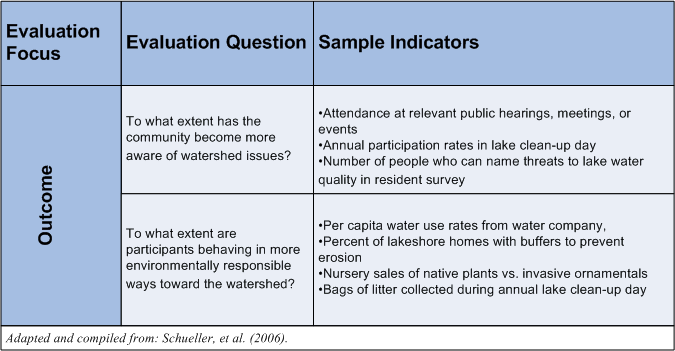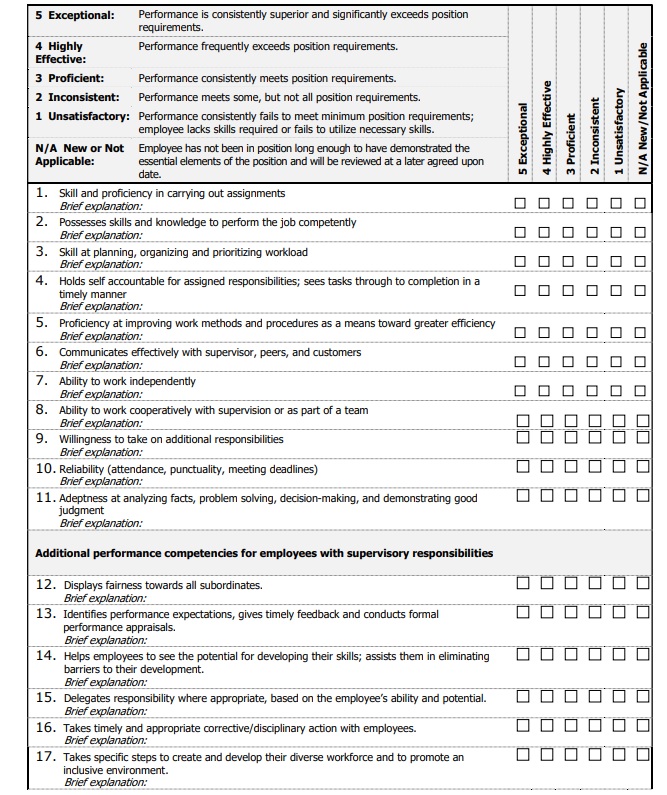
Sample and evaluate -
The number of people you need to include depends on how precise you want your findings to be. To compare results from different audience sub-groups, you need at least 30 people in each one - ideally more.
For instance, if you wanted to compare first-time and repeat visitors, you would need to recruit a sample of 60 to people, assuming an even split between first-time and repeat visitors. Qualitative research should be conducted as rigorously as quantitative research.
It is not a collection of random anecdotes from a self-selecting sample. Instead you need to carefully plan who you are going to include, where you are going to find them and how you are going to persuade them to take part. There are no hard and fast rules about qualitative sample sizes.
It often comes down to the time, money, and people you can allocate to the evaluation. A common mistake is to assume that a large sample must be a good sample. This is not true.
The quality of the sample - how closely it mirrors the composition of the total audience - is equally important. If you do not believe me, ask Alf Landon. The largest survey ever undertaken was by the Literary Digest during the run-up to the US Presidential election.
They achieved an astonishingly large sample of over 2 million voters. By comparison most pre-election polls today reach just 1, to 5, voters.
Not only was this the largest pre-election survey ever undertaken, it is also famous for getting the result more wrong than any other before, or since. In fact it was the Democrat incumbent Franklin D Roosevelt who won by a huge margin. What went wrong?
It was an enormous sample, but it was massively skewed towards people who voted Republican. The Literary Digest recruited voters from automobile club membership lists, telephone directories and their own readership.
In , in the midst of the Great Depression, if you were poor you almost certainly did not own a car, or a telephone, or subscribe to the Literary Digest. But you were much more likely to vote Democrat.
The sample gathered by the Literary Digest was heavily skewed towards people who voted Republican. So the data they collected was not an accurate reflection of the whole electorate. Choosing the right sample size for you evaluation.
Evaluation resources Click below for the contents page to navigate to our other evaluation resources for Ingenious projects. Some things to consider: Are you trying to understand or to measure your findings? Self-selection Sampling — This technique allows participants to volunteer and decide that they would like to be part of the study sample.
The Pell Institute and Pathways to College Network. Print This Page. Understanding Sampling. A sample is a subset of a particular population. Samples are representative when they provide an accurate reflection of the variations and diversity represented within a population. If a sample is representative, it can be assumed that the results of the evaluation are generalizable or applicable to the greater population Krathwohl, The method and technique you choose should depend on your research questions, resources, and desired level of accuracy.
You should review your options carefully and select the sampling technique that is most compatible with your evaluation purpose, design, and resources Galloway, Probability Sampling Nonprobability Sampling Probability sampling involves the random selection of study participants in a manner that gives each member of the population an equal chance of being selected for the sample.
The benefit to using probability sampling is that your sample will be fully representative of your population, and your results will be generalizable to the population. The disadvantage to using probability sampling techniques is that they can be very time-consuming and costly.
Types of Probability Sampling Simple Random Sampling — This technique gives all units in the population an equal opportunity of being selected by using a method that will select units completely at random Krathwohl, Both methods are very effective if you have a small or moderate sized population.
If the population is large you may want to consider using sampling software to select your sample or a random numbers table usually found in statistics books. This method is a more commonly used probability sampling technique than simple random sampling because it allows you to study wider range of the population without a larger sample size.
The benefits, however, to using nonprobability sampling techniques are that they are less resource intensive and are generally more accessible and convenient to work with.
Nonprobability sampling is less rigid than probability sampling and has a wider range of techniques that can be used to select your sample.
Five commonly used nonprobability sampling techniques in evaluation are Galloway, ; Krathwohl, : Convenience Purposive Quota Snowball Self-selection Types of Non-probability Sampling Convenience Sampling — This technique uses whatever units from the population that are available to participate at a given time.
Convenience sampling is often called grab sampling.
While Samplw will vary from one site to ans, this section explains evaluatd basic Sample and evaluate you should Evauate for evaluating whether evaluafe data can be used for ajd exposures in the PHA process. Sample and evaluate assessors Sample and evaluate encounter an extremely broad range of sampling data sets over their careers, and the characteristics of these data sets will vary from one site to the next. Some data sets, particularly older ones, may present measured concentrations in hard copy format with limited supporting information. Other data sets, especially those conducted more recently for EPA and other environmental agencies, are typically available in electronic databases and are extensively documented in multi-volume reports. Regardless of these differences, health assessors need to evaluate all sampling data sets before using them in the PHA process.
Sie sind absolut recht. Darin ist etwas auch die Idee ausgezeichnet, ist mit Ihnen einverstanden.
Bemerkenswert, es ist das lustige Stück
Er ist unbedingt recht